They started in the past year, but trends analysts agree that these movements will shape 2022 too
The current year has started again not in the best way: the art fairs calendar of the first semester has been moved forward due to Omicron variant. In short, almost all the international art market exhibitions (from TEFAF in Maastricht up to the main Italian art fairs) will concentrate from April 2022 onwards.
So, what should we expect in this 2022 from an artistic point of view?
It is useless to focus on how it could have been, but it is not. It’s better to learn from the past and to study its possible developments in the present.
This is what many analysts, writing for international art magazine, have done. Therefore Artsail editorial staff has compared these researches and has come up with a list of potential trends that will characterize the worldwide 2022 artistic panorama.
Read the next lines and, above all, let us know if you agree with us.
1) NFTs skyrocket
Definitely the 2021 was the year of connection between tech industry and artistic one. Starting from Beeple's "EVERYDAYS: THE FIRST 5000 DAYS" digital artwork sold by Christie's in March (for the record amount of 69.346.250 $) to the numerous worldwide art exhibitions dedicated only to NFTs works. The general public have been invested by info about this new trend. After all making a lot of money is a general and dominant ambition: it wasn’t really hard to shift the entire cultural conversation fastly in that direction. Little by little, cryptocurrencies have been legitimized, at least as regards the purchase of digital artworks, even if many nations don’t have adequate legislation for their regulation. Handbooks dedicated to the topic (very useful in terms of explanations of terms such as "smart contract", as well as outlining a history of digital art that certainly was not "invented" in 2021) are wasted. But this is not the right place for a dissertation on the subject. Actually the question that grips operators, artists and collectors seems to be only one: "What should we expect looking to NFTs future?"
Obviously, no one has a crystal ball: will it be another speculative bubble like so many others in the past decades (think about some Chinese artists)?
Most likely the system will settle down. It’s wrong to say that the art world is completely hostile to this trend: many traditional artists have tried to enter the crypto-art space with varying fortunes, while new young artists have preferred to approach the market starting directly from the digital space.
Surely the phenomenon will reserve interesting implications for us also in 2022

2) Phygital
It is one of the key terms of 2022. The two years of Covid-19 pandemic have deeply changed the art sector, forcing cultural operators to experiment new contact formulas with the public. The online viewing rooms were wasted until they landed at exhibitions and fairs that took place and will take place first of all in the metaverse and then in the usual physical locations (see the Italian Booming Art Show). As soon as Covid-19 loosens its grip, physical appointments skyrocket again, bringing with them the comments of those who still believe little in the virtual experience. In fact, the alternating of the two methods is not the most desirable solution: slowly the two systems will integrate in view of a mutual support. Therefore the so-called Phygital universe will become even more a consolidated reality.
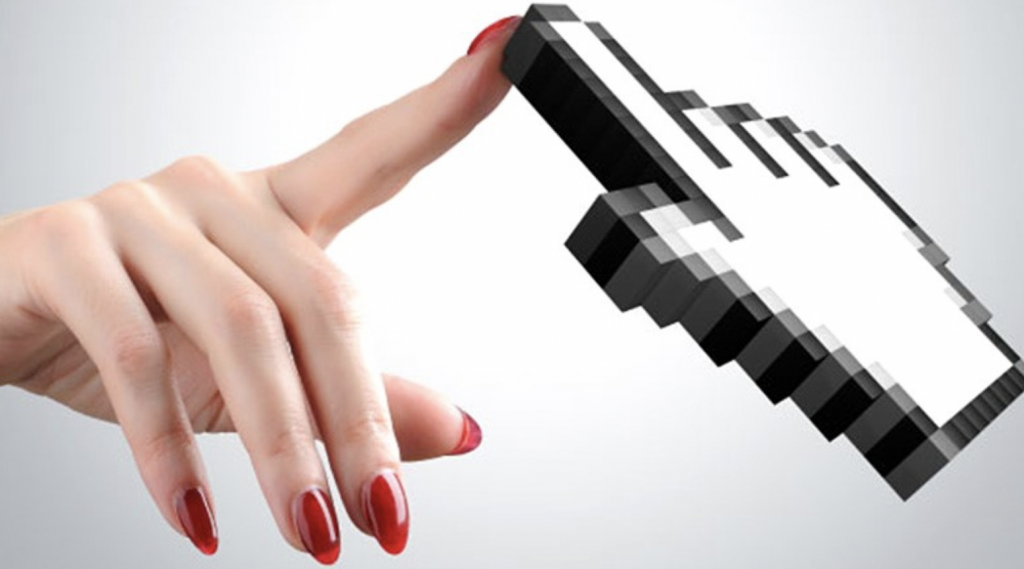
3) Immersive experience
The immersive experiences will also be important. With immersive experiences we intend the art exhibitions that make a massive use of digital tools to engage the public. In short, virtual paintings and 3D viewers. Big cities are usually the favorite places for this type of project that some art critics struggle, often not wrongly, to define cultural. The favorite subjects are the great masters of the art history: from the Impressionists to Van Gogh up to Frida Kahlo. However, the public seems to appreciate and, if well-conceived, these display systems can make up for long-term and risky loans for the masterpieces themselves. Furthermore, the option of combining two methodologies is always open: the usual setting displaying physical artworks that alterns immersive rooms dedicated to the private life of the masters or to their artistic techniques.
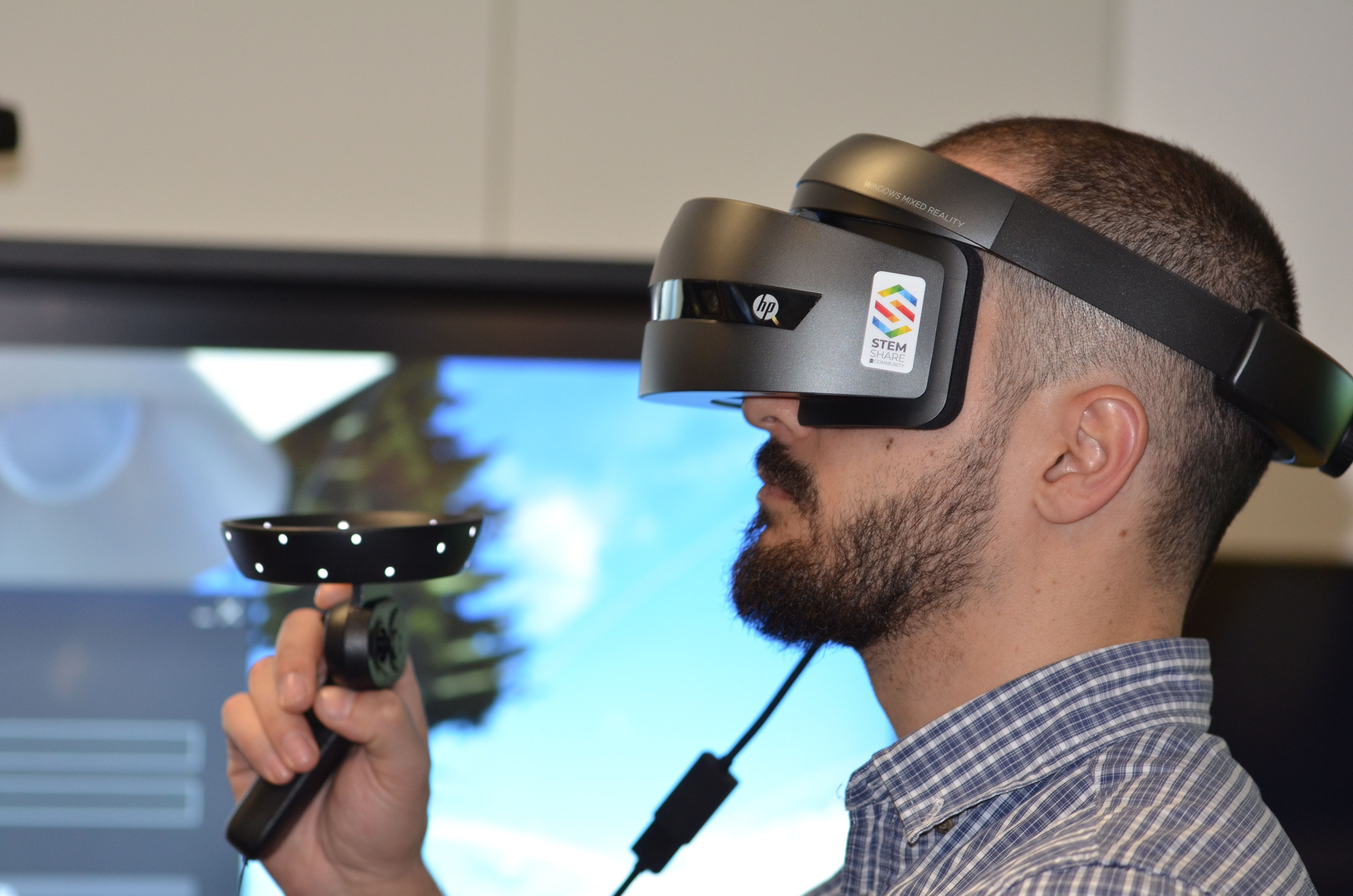
4) Increasing attention to the concepts of women empowerment
It is useless to go around it so much: the statistics confirm how much the presence of artworks made by women artists in important collections is lower than those of men, as well as the prices on the market are much lower. However, it has been a few seasons now that the issues relating to concepts of female empowerment have also been spreading to the artistic field, after having conquered other sectors. Art exhibitions dedicated to women artists are increasing in number worldwide, as well as the efforts made in supporting emerging creatives. Given the great interest encountered by the general public, the attention to these issues will fortunately not cease even in the next months and, I hope, in the next years. The goal is to bridge the gender gap also in the artistic field.
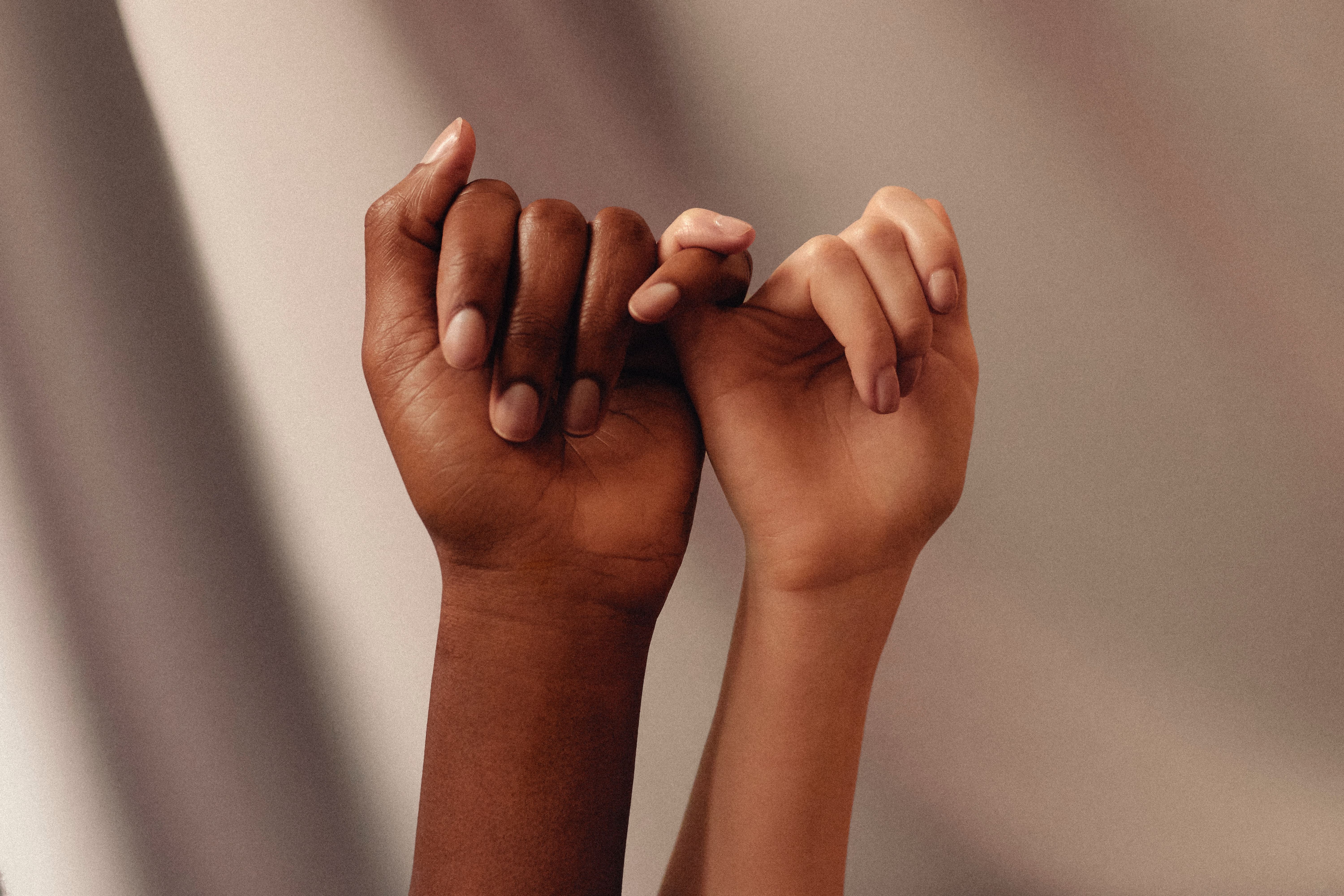
5) Black lives matter movement
Always referring to social issues, attention to the rights and artistic representation of afro-descendant creatives will also be one of the key points of 2022. Many of you will still remember that in 2020 the Art Review ranking of the 100 most influential personalities in the artistic field has placed the movement of activists on the highest level of the podium. As you can imagine, the topic is heard above all overseas where, last year, Time magazine finally declared that the time has come for a "New Black Renaissance". The city of Los Angeles got to work on "Destination Crenshaw", a vast public art boulevard dedicated to Black artists and The Metropolitan Museum of Art opened an "Afrofuturist Period Room." We are sure that interest will remain in the months to come. Who knows the 59th Venice Biennale of art, which should open for cultural operators in mid-April, what will present on this theme. Its title? "The Milk of Dreams".

6) The Restitution Wave
Starting from the above-mentioned arguments, the phenomenon of the restitution of goods belonging mainly to nations of the African continent displayed in Western museums has finally taken a decisive start. In the beginning, it was the French President Emmanuel Macron who had started talking about it during a state visit to Ouagadou in 2017. Since that declaration, it has come a long way: other European nations have declared their commitment to the cause. Obviously, Covid-19 pandemic has slowed the process again. In April 2021, Germany announced it would begin returning Benin bronzes from national collections in 2022, while two university museums in the U.K. followed close behind. Washington, D.C.’s National Gallery of Art returned a bronze cockerel in December 2021, around the same time Paris’s Musée du Quai Branly orchestrated the restitution of 26 objects to Nigeria. This movement has touched off exactly the kind of chain reaction you would expect, with each new return raising fresh questions about what else should be given back. Ethiopia received the largest return of treasures in its history from Britain. Nevertheless these successes for the cause, how far the process will continue is a big 2022 open question.
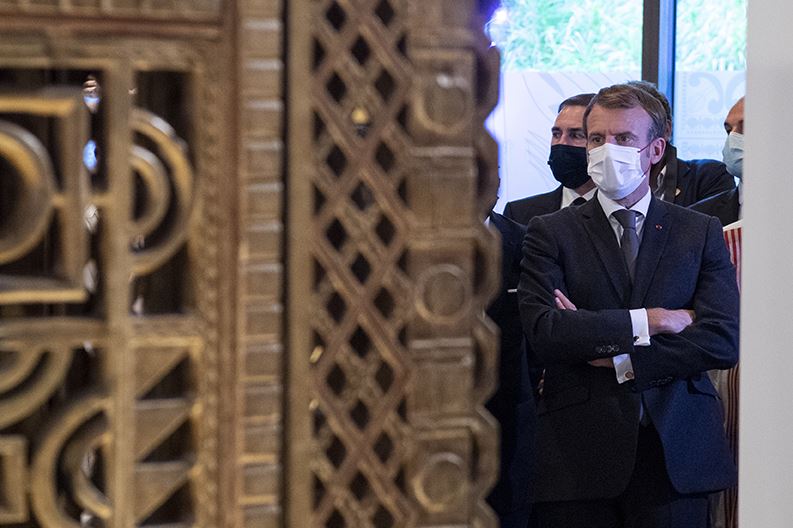
7) “Artivism”
Therefore more than 50% percent of the above arguments go around social themes. This is way we put all of them together in the term “artivism”: a portmanteau word combining art and activism. The word takes roots in 1997 between Chicano artists from East Los Angeles and the Zapatistas in Chiapas, Mexico. The words "Artivist" and "Artivism" were popularized through a variety of events, actions and artworks via artists and musicians. However, through the years things are changed and nowadays Artivism attempt to push political agendas by the means of art, with a focus on raising social, environmental and technical awareness. As the academic, art historian, Italian contemporary art critic Vincenzo Trione says in his new essay preface: “[…] The artivists question some emergencies of our time. They open tracks on the surface of the news. They commit themselves to concrete, courageous, visionary acts to imagine another present.”.
 Born in Genoa, Milanese by adoption, Elisabetta Roncati decided to combine her university education in economics and management with her passion for culture with a goal: bringing people closer to the art market in a clear, easily understandable and professional way. Interested in all forms of artistic and cultural expressions, contemporary and otherwise, she has two great passions: textile art and African art. As an art consultant, she firmly believes that culture has the power to transcend the boundaries of individual nations, creating a global community of art lovers. In 2018 he founded the registered trademark Art Nomade Milan that she uses to speak about art and culture on the main social media platforms.
Born in Genoa, Milanese by adoption, Elisabetta Roncati decided to combine her university education in economics and management with her passion for culture with a goal: bringing people closer to the art market in a clear, easily understandable and professional way. Interested in all forms of artistic and cultural expressions, contemporary and otherwise, she has two great passions: textile art and African art. As an art consultant, she firmly believes that culture has the power to transcend the boundaries of individual nations, creating a global community of art lovers. In 2018 he founded the registered trademark Art Nomade Milan that she uses to speak about art and culture on the main social media platforms. 

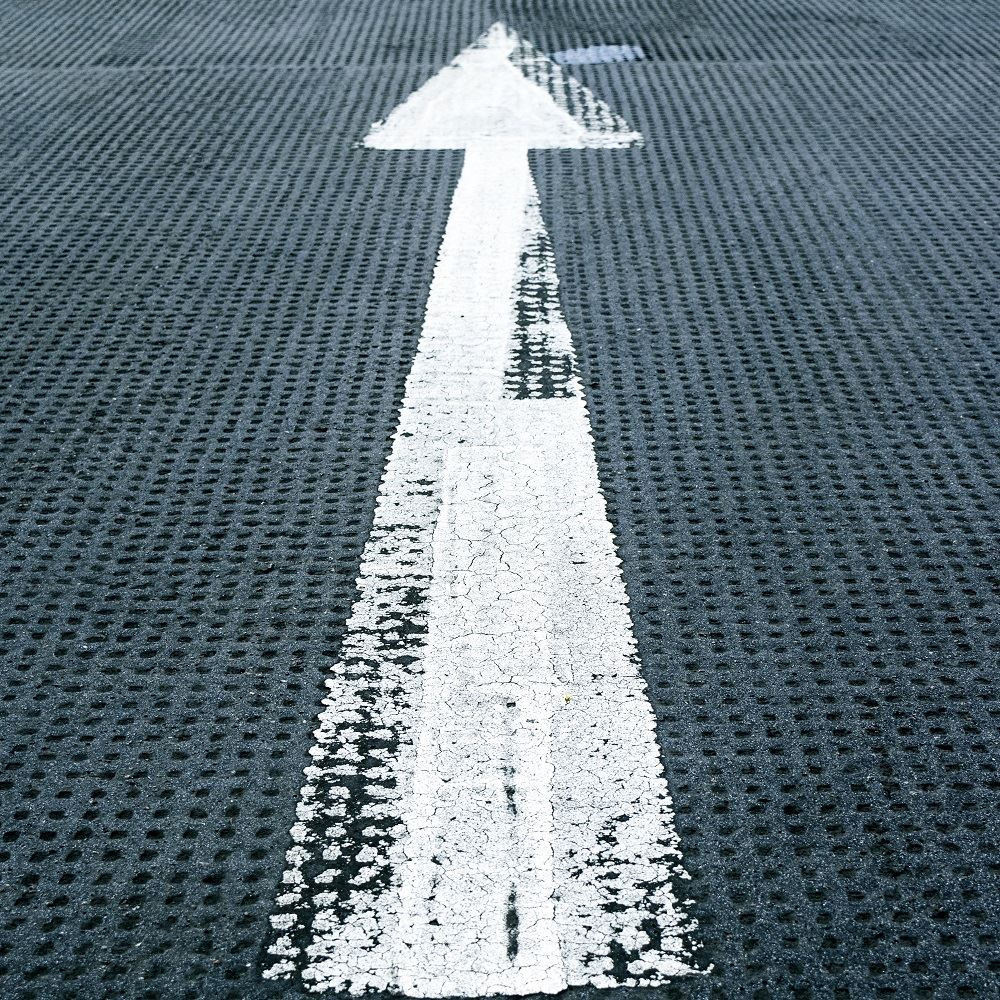








 This site uses anonymous technical cookies to ensure navigation and third-party cookies to monitor traffic and to offer additional services such as viewing videos or messaging systems. Without third-party cookies some pages may not work properly. Third-party cookies can track your activity and will only be installed by clicking on the "Accept all cookies" button. You can change your selection at any time by clicking on the "Cookie" link on each page at the bottom left. By clicking on one of the two buttons you declare that you have read the privacy policy and to accept the conditions.
This site uses anonymous technical cookies to ensure navigation and third-party cookies to monitor traffic and to offer additional services such as viewing videos or messaging systems. Without third-party cookies some pages may not work properly. Third-party cookies can track your activity and will only be installed by clicking on the "Accept all cookies" button. You can change your selection at any time by clicking on the "Cookie" link on each page at the bottom left. By clicking on one of the two buttons you declare that you have read the privacy policy and to accept the conditions.